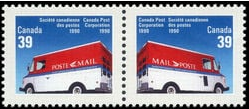 Do you collect Se-tenant stamp pairs? Since the very beginning of stamp collecting, the most common stamps to collect are “singles.” But there are so many other ways to collect stamps and so many different formats to choose from. Philatelists also collect stamps as pairs, blocks, strips, booklets, souvenir sheets, and the list goes on. Take a look at Se-tenant stamp pairs with me!
Do you collect Se-tenant stamp pairs? Since the very beginning of stamp collecting, the most common stamps to collect are “singles.” But there are so many other ways to collect stamps and so many different formats to choose from. Philatelists also collect stamps as pairs, blocks, strips, booklets, souvenir sheets, and the list goes on. Take a look at Se-tenant stamp pairs with me!
Stamps FAQ
Answer some of the more Frequently Asked Question about stamps. Wether you want to learn more about the tagging or perforation, it’s all here!
What are Plate Blocks?
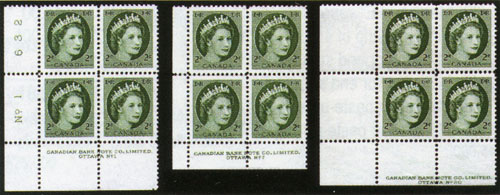
What are Plate Blocks? Good question! People collect postage stamps in many forms. You can collect singles, pairs, blocks, sheets, and coils. They all have their special characteristics. If the perforations between at least four stamps are unseparated, in a 2 × 2 configuration, then you have a stamp block. Philatelists collect blocks in groups of 4, 6, or even up to 20. However, blocks of four stamps are the most common.
What is a postal souvenir sheet?
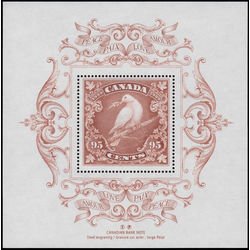 What is a postal souvenir sheet? Ask this question to philatelists and you risk getting a lot of different answers. We even attempted to answer the question ourselves in a previous article: What is the difference between a full pane and a souvenir sheet?
What is a postal souvenir sheet? Ask this question to philatelists and you risk getting a lot of different answers. We even attempted to answer the question ourselves in a previous article: What is the difference between a full pane and a souvenir sheet?
Stamp perfins-what exactly are they?
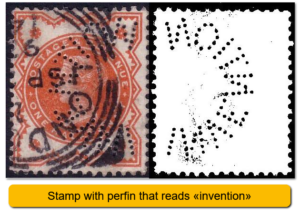
Good question! We all want to know what stamp perfins are, right? The word “perfin” is a shortened version of the two words “PERforated INitials” or “PERforated INsignia”. Philatelists also call stamp perfins “SPIFS”. This is an acronym for “Stamps Perforated with Initials of Firms and Societies”. I have to say, perfin is a lot simpler to remember!
We understand the meaning of the word when we know its origin. The meaning almost becomes self-explanatory. People or companies punch tiny holes into a stamp in the shape of letters, an object, or a design. This is a perfin.
Stamp perforations and their types
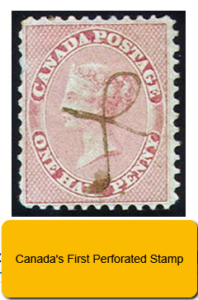 Stamps are made up of different parts: the type of paper, the vignette, the denomination, etc. One of the most important things a collector needs to understand properly is stamp perforations, or “perfs” as they are commonly referred to. There are many different methods of postage stamp separation. This article will explain perforations to you.
Stamps are made up of different parts: the type of paper, the vignette, the denomination, etc. One of the most important things a collector needs to understand properly is stamp perforations, or “perfs” as they are commonly referred to. There are many different methods of postage stamp separation. This article will explain perforations to you.
What does «stamp cachet» mean?
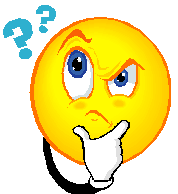
So what is a stamp cachet? Cachets represent a really fun part of stamp collecting. First of all, though, stamp collectors need to understand what a First Day Cover is (FDC) because cachets are almost always found on them.
Identify different types of stamp grills
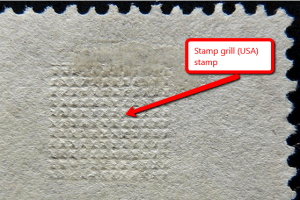 Awhile ago in another article, we discussed what a stamp grill is. Now we will help you to identify different types of stamp grills that are known to exist.
Awhile ago in another article, we discussed what a stamp grill is. Now we will help you to identify different types of stamp grills that are known to exist.
First of all, just a quick reminder: stamp makers developed grills in order to prevent the reuse of stamps. The maker embossed the stamp with a special roller. The roller broke up and weakened the fibers in the stamp paper. The cancellation ink could now be absorbed into the paper more. If you tried to wash off the cancellation, the stamp would most likely tear where the grill mark was located because the paper was weaker.
How can I identify stamp colours?
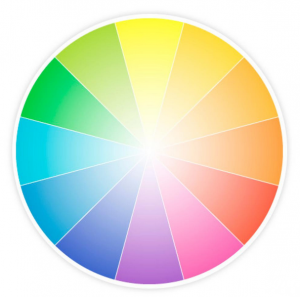 So … how can you identify stamp colours? That is the question! The first article of this series dealt with why there are so many different stamp colours and why that can make colours hard to identify. The purpose of “How can I identify stamp colours?” is to help you identify stamp colours even without a universal do-it-all guide.
So … how can you identify stamp colours? That is the question! The first article of this series dealt with why there are so many different stamp colours and why that can make colours hard to identify. The purpose of “How can I identify stamp colours?” is to help you identify stamp colours even without a universal do-it-all guide.
Here’s a quick recap of why colours are hard to identify:
- Stamp colour age and change with time
- The human eye sees colours differently from one person to the next
- An abundance (overabundance?) of recognized shades and colours
Why are there so many stamps colours?

When I decided to write this article, I had no idea what I was getting into! Call me naive, but even though I had never seen a stamp colour guide personally, I kind of thought that a reliable one existed which I would recommend to all of you. NOT! So, why so many stamp colours and how can I identify stamp colours?
This first article in a series of two will start by helping us to understand why all these different shades came to exist.
What is the definition of a stamp plate proof?
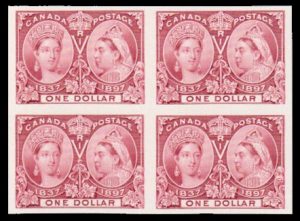
What is the definition of a stamp plate proof? I’m often fascinated to see how many different items are considered collectibles in the philatelic world. Not just postage stamps, but souvenir sheets, booklets, first day covers and plate blocks too. Then there’s all the philatelic material that hasn’t necessarily been used for actual mail service: Cinderellas, labels, and SPECIMENs and die proofs. Add to that list plate proofs.